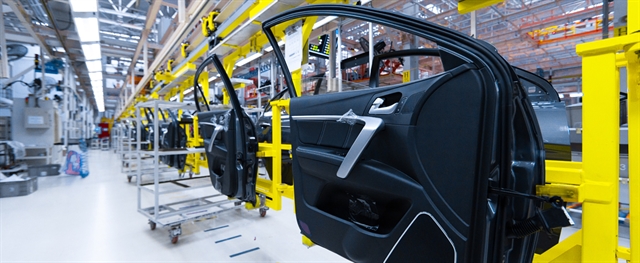Selection Guide for choosing the right Pressure-rated flanged Immersion heater for Your Application
2 - Determine Pressure-Temperature Rating of Flange Required
4 - Select Optional Flange and Gasket Materials
Please wait while we gather your results.
Related Articles

Did you know that a custom duct heater can maintain precise temperature control in wind tunnels with air speeds over 1,000 feet per minute? Learn how tailored HVAC solutions for wind tunnels are crucial for accurate aerospace, automotive, and vehicle testing!

Tempco designed a custom control panel with PID temperature control for a customer who manufactures industrial tanks.

A customer in textile manufacturing required a unique duct heater design for the oven within their manufacturing process.

Tempco designed and engineered an infrared radiant heater to meet the requirements of a secondary drying operation for an automotive OEM supplier.